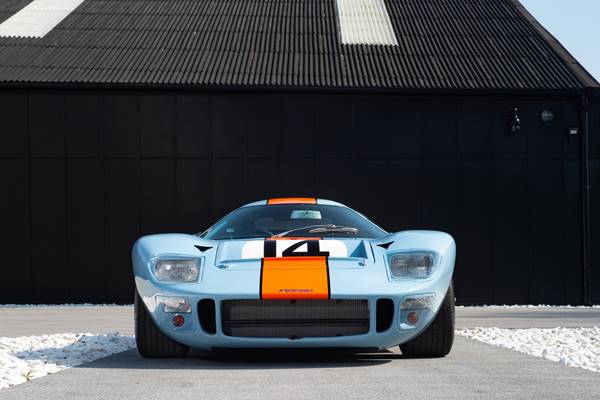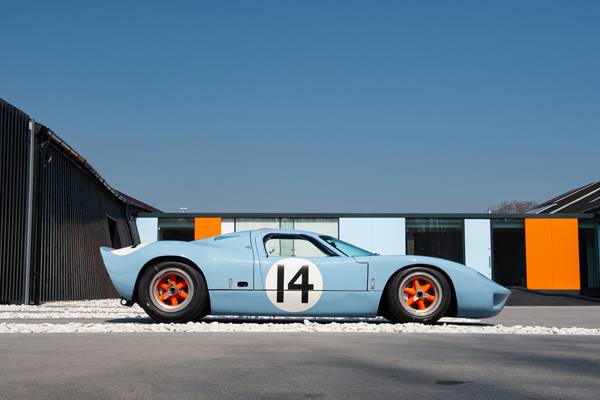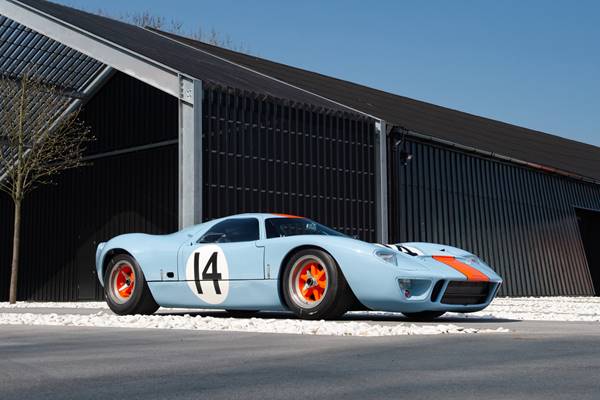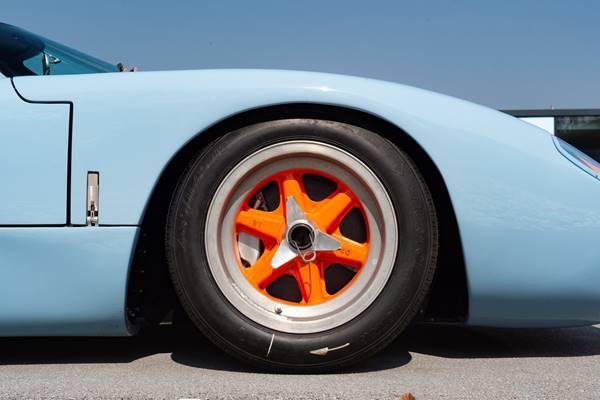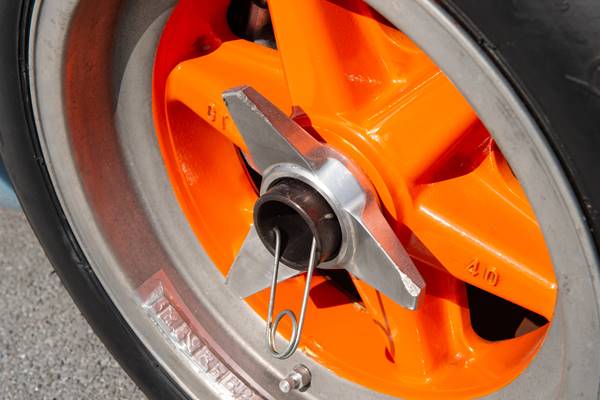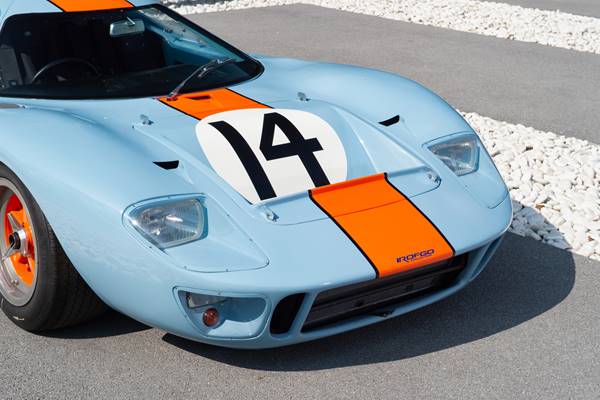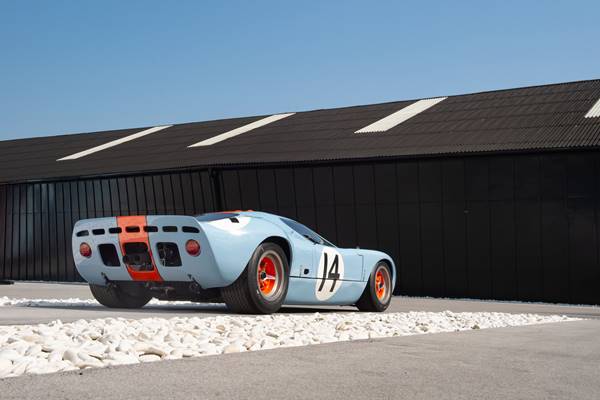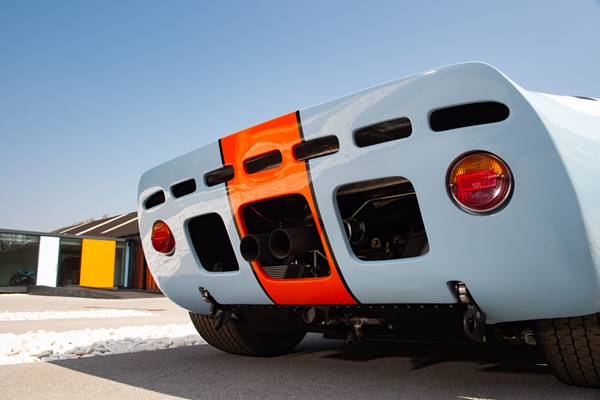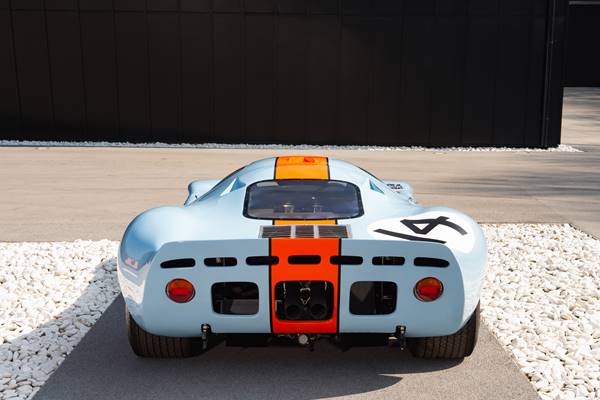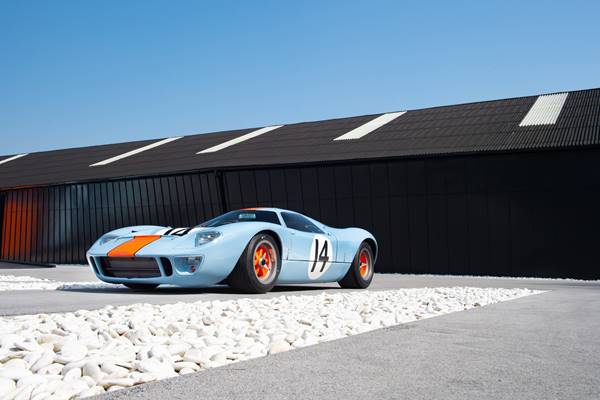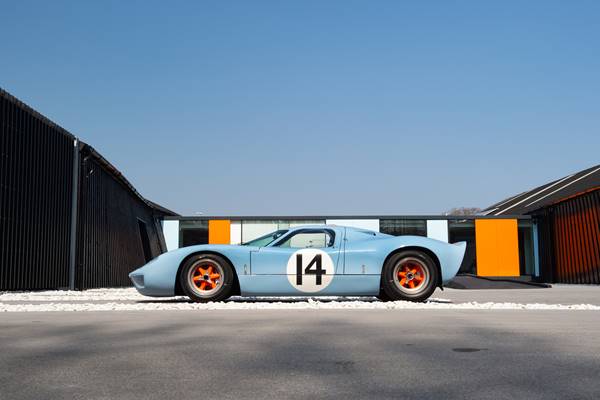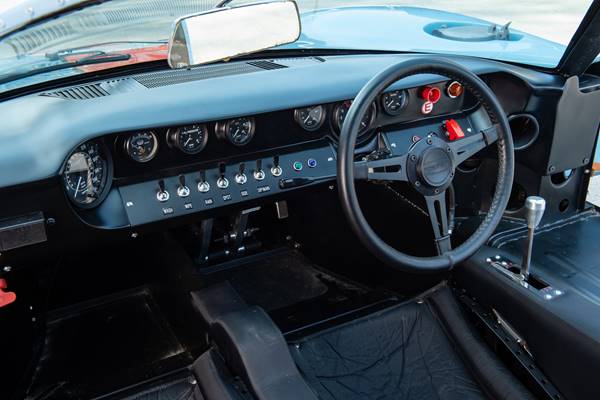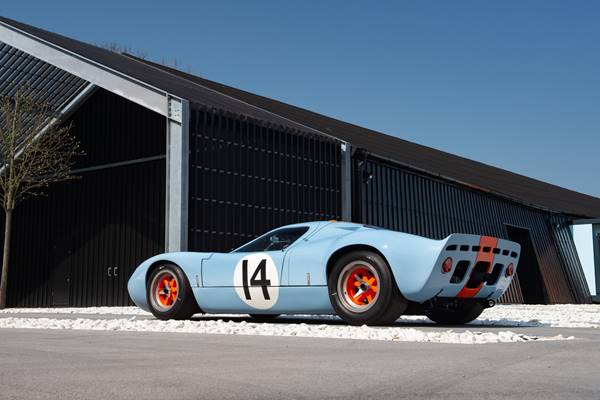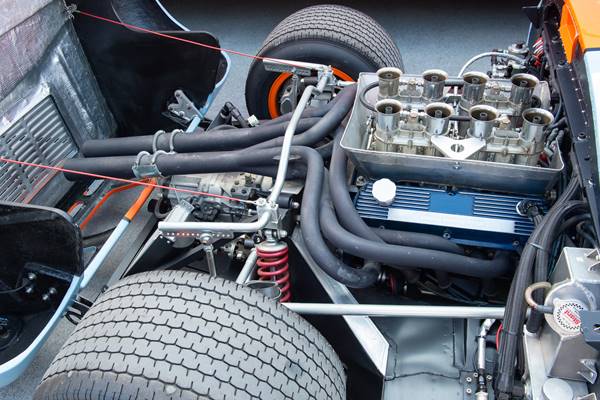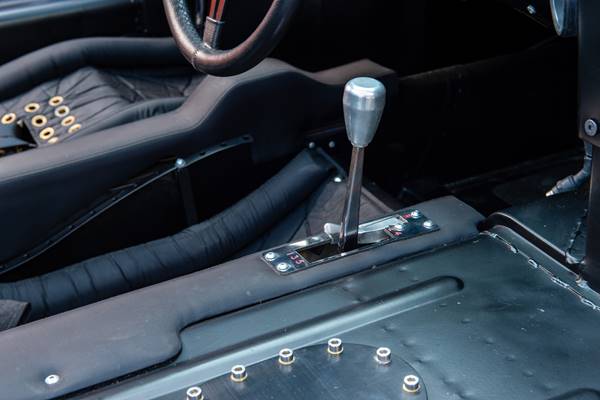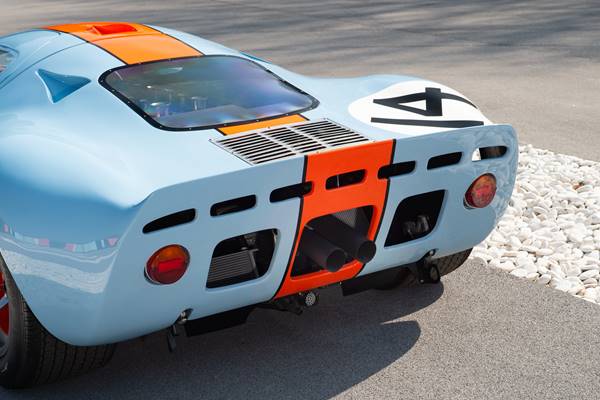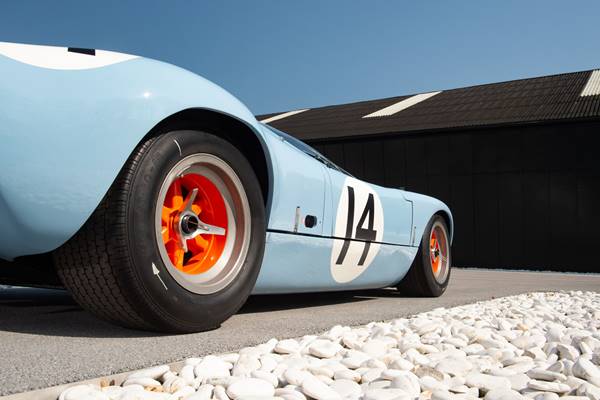With a run of success at Le Mans in the 1970s, powered by both Ford Cosworth and Renault engines, specialist manufacturer Mirage deserves its place in sports car racing history. Chassis 802 was one of the most successful examples of the Mirage dynasty.
The original Mirage M1 was effectively a reworked Ford GT40, designed and run by John Wyer and John Willment. As Ford reduced its commitment to sports car racing, John Wyer Racing grew out of the former Ford Advanced Vehicles operation in Slough and the team became synonymous with sports-racing cars in the striking orange and blue livery of the Gulf Oil Corporation.
The early cars were successful with Ford engines, but the CSI (forerunner to the FIA) changed the technical regulations so often that it was hard for constructors to plan ahead. Gulf joined the project to sponsor the cars in 1967, but the company’s involvement really stepped up a gear in 1974 when the cars became known as Gulf Mirages.
For the 1975 season, and a race programme centred on the Le Mans 24-hours, the GR8 was constructed as an open-top sports-racer powered by the ubiquitous Ford Cosworth DFV engine. Jacky Ickx and Derek Bell claimed victory, while chassis 802 took third place in the hands of Vern Schuppan and Jean-Pierre Jaussaud. However, Gulf withdrew its support after the 24-hour race and the cars didn’t compete again that year.
After Gulf’s departure, Americain entrepreneur and former racer Harley Cluxton III bought the team and its assets and continued to run the cars at Le Mans and occasional other events. Jean-Louis Lafosse and Francois Migault took chassis 802 to second at Le Mans in 1976 and then Schuppan drove the car, under the Grand Touring Car (USA) banner, to fifth place in the Mosport 200, the Canadian round of the World Sportscar Championship.
Cluxton was only really interested in the Le Mans race, and the lack of extra race milage in other events held back the development of the car. However, second place in 1977 was a great effort for Schuppan and Jean-Pierre Jarier. Chassis 802 was now powered by a 2-litre V6 Renault turbo engine and ran in the colours of Gitanes of Renault.
By 1978, the car had developed new bodywork and was badged as a Mirage M9. The Grand Touring Cars (USA) entered chassis 802 and finished 10th at Le Mans, driven by Schuppan, Jacques, Laffite, and Sam Posey. A year later, now designated as a Mirage M10, the car’s fifth attempt at Le Mans featured a return to Cosworth DFV power. It qualified well in fifth place, but was not classified as a finisher in the hands of Schuppan, Jaussaud and David Hobbs.
That was the end of the Mirage story at Le Mans, but it was a story in which chassis 802 played a major part, with three podium finishes in five starts. Importantly, Mirage remains one of only two specialist race car constructors to win at Le Mans, a race dominated by motor manufacturers for 90 years.
